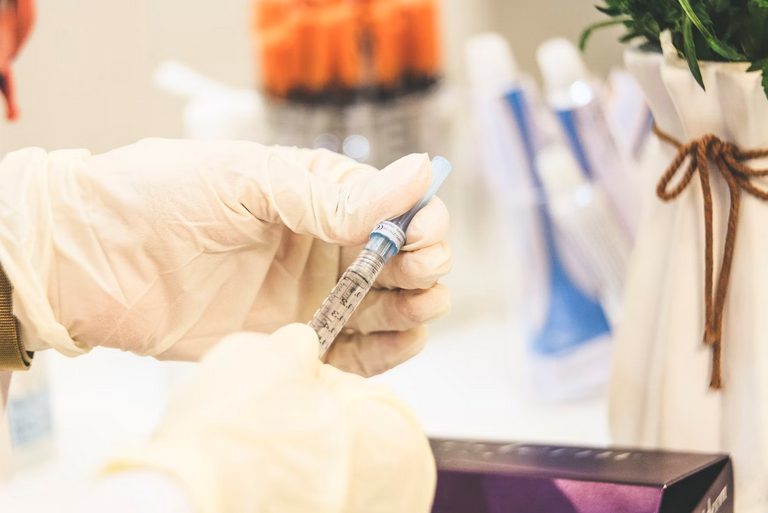In today’s digital age, where explicit adult content is just a click away, it is crucial to address the detrimental effects that pornography can have on one’s mental health and relationships. Fear not if you or someone you know is grappling with this issue. There are effective therapeutic approaches specifically designed to help overcome porn addiction. From Cognitive Behavioral Therapy (CBT) to Group and Individual Therapy, we will delve into these methods and shed light on their benefits in this comprehensive guide. So, let’s dive in and explore how these therapies can provide hope, support and ultimately lead to a life free from porn addiction. On the other hand, if you want to identify withdrawal symptoms of porn, you should keep on reading.
Cognitive Behavioral Therapy (CBT)
Cognitive Behavioral Therapy (CBT) is a widely recognized and effective approach for treating porn addiction. This therapy focuses on identifying and changing negative thought patterns, beliefs, and behaviors associated with pornography use. During CBT sessions, individuals work closely with a therapist to develop healthier coping mechanisms and strategies to manage triggers that lead to compulsive viewing of explicit content. The therapist guides the person in challenging distorted thinking patterns related to porn consumption and helps them replace these thoughts with more positive ones. One key aspect of CBT is the emphasis on self-monitoring. Individuals are encouraged to keep track of their thoughts, feelings, and actions surrounding pornography use. By developing awareness around their own behavior patterns, clients can gain insight into the underlying causes of their addiction.

Dialectical Behavior Therapy (DBT)
Dialectical Behavior Therapy (DBT) is a type of therapy that has shown promising results in helping individuals with porn addiction. Developed by psychologist Marsha Linehan, DBT combines elements of cognitive-behavioral therapy with mindfulness practices. One key aspect of DBT is its focus on helping individuals regulate their emotions. Intense and overwhelming emotions like shame or loneliness can often drive porn addiction. Through DBT, individuals learn skills to identify and manage these emotions in healthier ways. Another important component of DBT is its emphasis on interpersonal effectiveness. Many people struggling with porn addiction may struggle in their relationships due to trust issues or difficulties expressing themselves.
Group and Individual Therapy
 Group and individual therapy are two important types of therapy that can benefit individuals struggling with a porn addiction. In group therapy, individuals can come together with others who share similar struggles. It provides a supportive environment where people can openly discuss their experiences, challenges, and successes.
Group and individual therapy are two important types of therapy that can benefit individuals struggling with a porn addiction. In group therapy, individuals can come together with others who share similar struggles. It provides a supportive environment where people can openly discuss their experiences, challenges, and successes.
Sharing these stories can help participants feel less alone and provide them with new perspectives on overcoming their addiction. On the other hand, individual therapy offers one-on-one sessions with a therapist specializing in treating porn addiction. This personalized approach allows for deeply exploring underlying issues that may contribute to the addiction. The therapist works closely with the individual to develop coping strategies and tools tailored to their needs.
It’s important to note that no single therapy approach works for everyone. Each person’s journey toward recovery is unique, so it’s crucial to find the right combination of therapies that best suits an individual’s needs. If you or someone you know is struggling with porn addiction, remember that seeking help is not a sign of weakness but courage in healing. Reach out to mental health professionals who specialize in treating addictions—they have the knowledge and expertise needed to guide you through your recovery process.






Be the first to reply